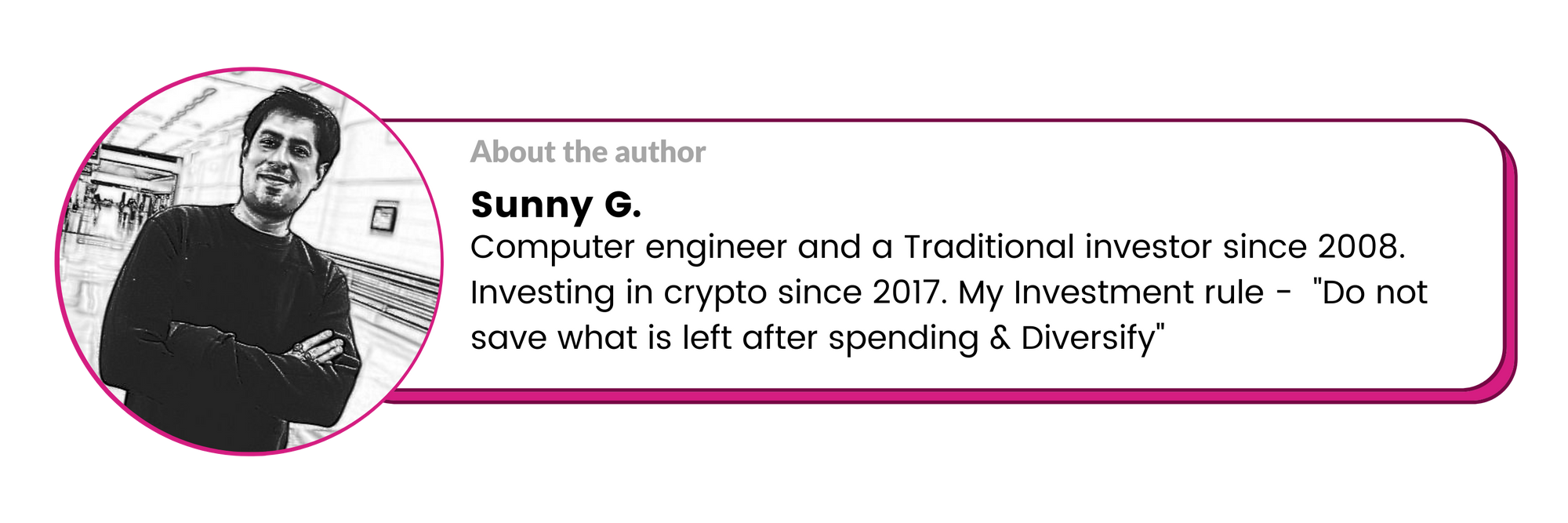The Internet Computer Protocol is governed by the Network Nervous System, which brings together the power of node machines to create the Internet Computer Blockchain.
What is the Network Nervous System?
In simple terms, the NNS is the brain of the Internet Computer. It's an autonomous system that manages and governs everything (operations, economics, network architecture, etc.) within the Internet Computer.
Therefore the NNS determines which node belongs to which subnet, how many nodes are in a subnet, and how to scale up nodes and canisters. It controls pretty much everything about the functioning & governance of Internet Computer.

The Network Nervous System accepts or rejects proposals submitted by the community, developers, or users.
The NNS puts proposals to a vote, for example, whether to scale up the network by adding subnets or new node machines. Proposals are then voted upon by holders of ICP tokens who have locked up their tokens in neurons (staked & locked tokens). Of course, there is a reward for voting on proposals (around 29% APY for the first year).
The NNS itself is hosted inside the Internet Computer.
Data Centers > Nodes > Subnet > NNS Canisters.
Elements of the NNS
There are two NNS Canisters related to Proposals & Neurons.

Governance Canister
This canister stores the proposals & the neuron which subsequently vote on those proposals.
Registry Canister
The registry canister stores the configuration of the Internet Computer.
Governance Proposals
Types of proposals submitted to NNS - There are four types of proposals at the moment:

Once voting neurons approve proposals, they are added to the NNS Registry. Another NNS canister is the "Ledger Canister," which records tokens & transactions.

Neurons Vote and Earn Rewards for Participating in Governance.
Tokens can be locked as neurons using the NNS. Neurons are locked tokens that participate in the governance of the Internet Computer by voting on proposals. As mentioned above, there is a locked period associated with the neuron - A minimum of 6 months staked will allow you to get rewards, with a maximum of 8 years for the highest yield.
As neurons vote, they acquire "Voting Maturity," After the desired maturity is reached (for example - 1 % for 100 tokens locked in neurons ), tokens can be spawned.


Cycles
These are required for executing Canister functions.
Cycles are the fuel for the Internet Computer. They are used for computation, and they need to be added to software canisters in order to work. ICP tokens can be converted to cycles, and a "cycles minting" canister in the NNS is used for this.

Tokens are burned to produce cycles pegged to the Swiss franc, thereby acting as a deflationary force and making things easier and predictable for developers since the price of cycles is not based on the cost of the ICP tokens.
This is one of the most significant advantages over Ethereum and other blockchains, where gas prices are often astronomically high and prevent widespread Defi use.
How to Use Network Nervous System
The NNS can be accessed using - nns.ic0.app. It requires an Internet Identity to log in and use the features of NNS.

After logging in, we can create new neurons for staking & locking ICP tokens, vote on proposals, and convert tokens into cycles. Neurons can be topped with additional tokens too. The NNS can also be used as a hot wallet.

Staking & locking tokens into neurons gives rewards, along with rewards for voting on proposals. Once the threshold maturity is reached (based on the percentage of the stake), a new ICP neuron can be spawned.
Connect With Us:
Twitter | Telegram | Instagram | Facebook | Email
Resources
- Getting Started NNS Dapp Guide
- NNS Github Repository
Technical resources by DFINITY
Technical Library - Network Nervous System

- Disclaimer: The views and opinions expressed on this website are solely those of the original author and other contributors. These views and opinions do not necessarily represent those of the Dfiinty Community staff and/or any/all contributors to this site.*


Comments are for members only. Join the conversation by subscribing 👇.